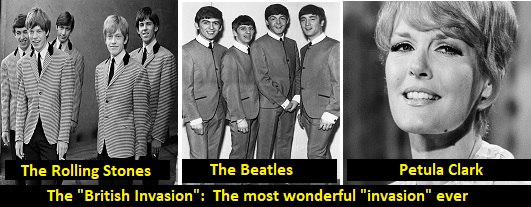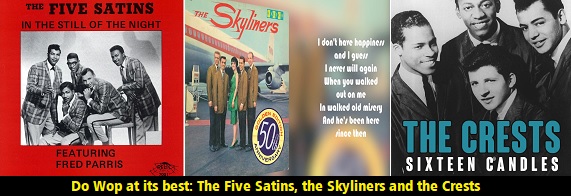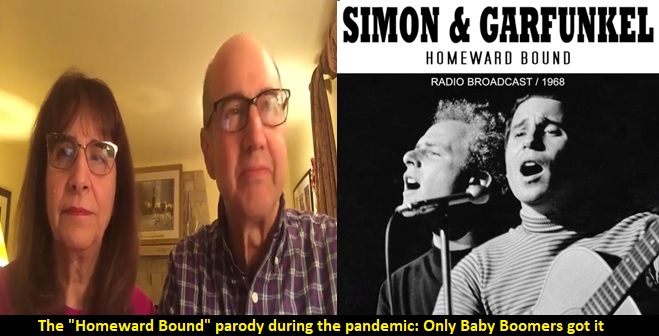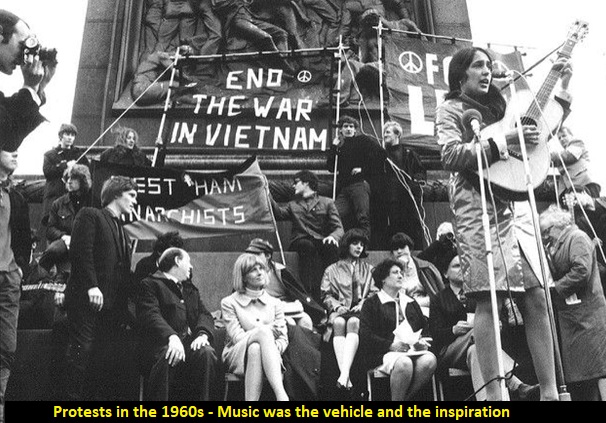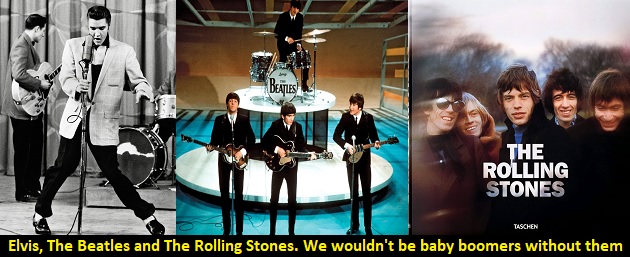On July 26, 1948 President Harry S Truman signed executive Order 9981, ending segregation in the United States military. That is so hard to believe that as recently as almost 1950, as I like to say “in our lifetime!” – the military – OUR United States military – was segregated between whites and blacks. Almost 1950. Hard to believe but true.
It is even more dramatic when we see that in less than 16 years from President Truman’s order ending segregation in the armed services, Larry Burrow’s famous Vietnam picture from October 1966 a black injured Marine James C. Farley, himself bandaged and wounded, reaches out to aid his brother-in-arms Gunnery Sgt. Jeremiah Purdie – no matter what color the two of them are.
Iconic photographs: Burrow’s photograph, like Joe Rosenthal’s iconic picture of six U.S. Marines raising the American flag on Mount Suribachi on Iwo Jima, is one of those pictures that, once we see that picture, remains embedded in our minds – and in our hearts. Larry Burrows’ photograph titled “Reaching Out,” taken in October 1966 during the Vietnam War, stands as an enduring symbol of the war’s human toll and the indomitable spirit of those caught in its midst. This iconic image captures a poignant moment amidst the chaos of war, offering a window into the raw emotions and complexities faced by both soldiers and civilians.
In the photograph, we see a young American Marine, James C. Farley, reaching out to his wounded comrade, Gunnery Sergeant Jeremiah Purdie, amidst the mud and mire of the war-ravaged landscape. Farley’s face is etched with determination and concern for his brother-in-arms as he extends his hand to comfort Purdie, who is lying on the ground, injured and vulnerable. The scene is one of compassion and camaraderie amidst the brutality of battle – regardless of skin color. Love between two brothers.
One of the most striking aspects of this image is the contrast between the brutality of war and the humanity of the individuals involved. The setting is a harsh and unforgiving battlefield, yet in the midst of this chaos, we see an act of compassion and humanity. Farley’s outstretched hand represents a lifeline of hope and support, a symbol of the bonds that form between soldiers in the crucible of war.
“Reaching Out” also serves as a powerful reminder of the sacrifices made by those who served in Vietnam. The expressions on Farley and Purdie’s faces convey the physical and emotional toll of war. Farley’s determined gaze reflects the sense of duty, responsibility and emotional attachment he feels towards his fellow Marine, while Purdie’s expression speaks volumes about the pain and suffering endured by those who were wounded in battle.
Beyond the immediate context of the Vietnam War, “Reaching Out” has a universal quality that resonates with viewers to this day. It speaks to the timeless themes of compassion, courage, and the resilience of the human spirit in the face of adversity. The image has a haunting quality that lingers in the mind, prompting reflection on the nature of war and its impact on those who experience it firsthand.
Moreover, “Reaching Out” captures a moment of connection between two individuals from different backgrounds brought together by the shared experience of war. In this sense, the photograph also serves as a testament to the bonds that can form between people in the most unlikely of circumstances. It reminds us that even in the midst of conflict, there is room for empathy and understanding.
In the decades since its capture, “Reaching Out” has become an iconic image that continues to resonate with audiences around the world. It has been featured in exhibitions and publications, cementing its place in the annals of photojournalism. The photograph’s enduring significance lies in its ability to humanize the Vietnam War, reminding us of the individual lives affected by the conflict.
In conclusion, Larry Burrows’ “Reaching Out” is much more than a photograph of a single moment in time. It is a powerful testament to the human cost of war, the bonds of brotherhood that form between soldiers, and the enduring spirit of compassion and resilience. Its significance extends beyond the Vietnam War, serving as a timeless reminder of the universal themes of humanity and courage in the face of adversity.
